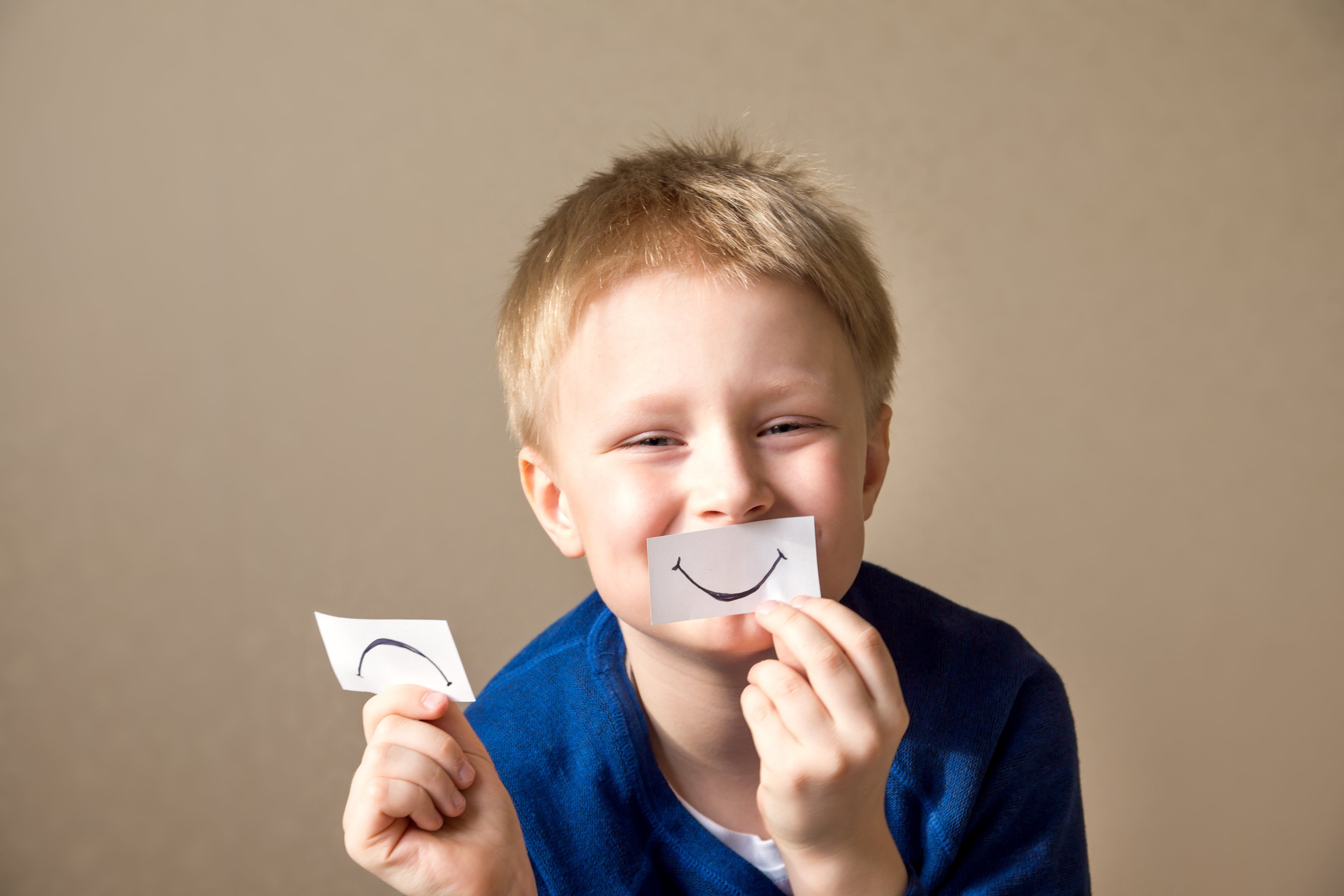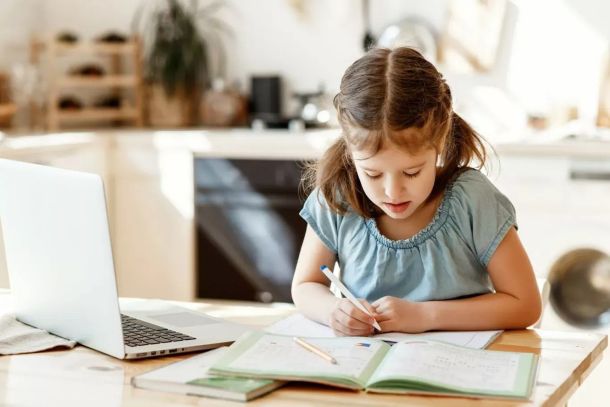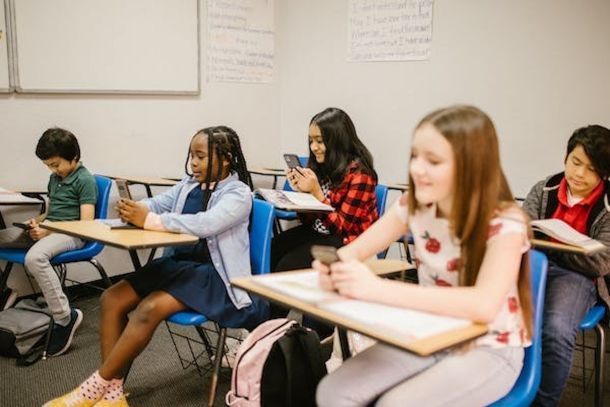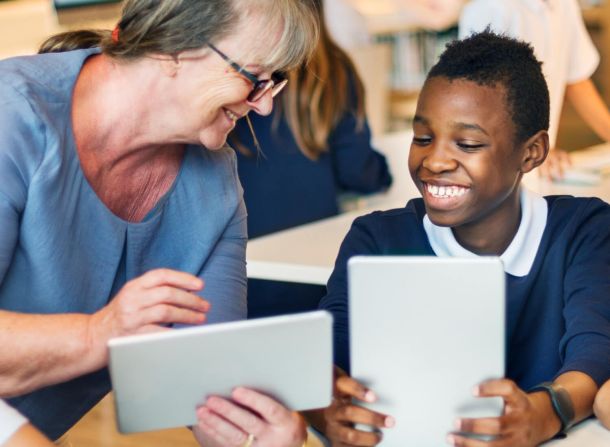
Facial expressions - signals of emotions
Facial expressions are signals of emotions and therefore give both adults and children easy access to the feelings and reactions of others.
Although there have been many studies analysing the ability to identify emotions from people's facial expressions, too few examine children's recognition skills.
Can children recognise emotions through facial expressions?
Kate Lawrence, Ruth Campbell and David Henry Skuse, researchers at Frontiers for Young Minds, developed a study in 2016 of a total of 478 primary school children (aged 6-11) and secondary school children (aged 11-16) in the UK. For this research they used techniques that ask children, in a first step, to associate faces (in pictures) with the names of emotions. Then the children are asked to identify the emotions in the images where two facial expressions are juxtaposed. In this way, the children's ability to identify, analyse and frame facial expressions was tested.
The research results demonstrate:
- Children (6 years) are good at recognising expressions of happiness, sadness and anger (from the primary emotion spectrum);
- As we grow up, we get better at recognising other emotions.
- The ability to recognise facial expressions and their corresponding emotions improves during childhood and adolescence;
- Girls seem to be better than boys at recognising facial expressions of emotions;
- Children improve their ability to recognise expressions of anger and disgust as they go through puberty.
Practical tips to help children recognise emotions
Understanding our own emotions, but also understanding the feelings of others helps us to find balance in our daily lives, to calibrate our reactions, to train a growth mindset and to empathise more. Developing these skills takes time and practice, but they are essential for the harmonious development of children. Here are some ideas for activities to help children in this process:
Use images
Research proves that it is much easier for children to identify facial expressions and emotions on the faces of familiar people. To start, collect photos of people your child knows, trying to build up a range of facial expressions.
- Print and make cards.
- Support children in the process and talk to them about what they see. Ask why they think it is the right emotion.
- Help the children to identify the feeling that matches the expression on the card.
- Ask the children to find in magazines, books or, depending on their age, even on the internet, people whose expressions match those on the cards.
Demonstrate to children how eyebrows, mouth, eyes, nose and forehead change according to emotion. Practise expressions such as: 'Wide smile' (we smile with our eyes, not just our mouth); 'Angry eyes' (we are frowning, tense forehead, sad mouth) etc. You can also use cartoons as a resource. Look carefully at your favourite characters and observe with your little ones the facial expressions according to the moments of action.
Looking in the mirror can help children see how accurate their expressions are.
It is useful for children to consider the overall situation and context and to use this information to make sense of facial expressions.
For example, if they see someone drop their ice cream cone, they can imagine how they would feel if this happened to them, thus also practising empathy skills. Emotion recognition skills develop gradually, from childhood to adolescence. Dr. Gwen Dewar of the University of Michigan says in her research on child development that by the age of 10, children can mistake facial expressions of sadness for fear, especially when these feelings are accompanied by subtle facial expressions. In addition, some emotions are difficult to recognise, even at high intensities. The researchers found that participants struggled to identify disgust or fear during adolescence. By age 16, children were able to identify these emotions with about 80% accuracy.
Understanding social cues (e.g. tone of voice, body language, distance between people) can be difficult for many children. Talk to children not only about facial expressions but also about other forms of body language.
You might also be interested in: Social-emotional learning: WHAT, HOW and WHY in a changing world
The ability to recognise emotions is essential in everyday life

Kinderpedia
The complete communication and management solution for schools and childcare centres.
Simplifies teachers' work and brings parents closer to their children's school progress.
Recommended articles
Want to improve your center quality? Kinderpedia is here to help! Not only do we provide thousands of informational content pieces like blog posts, podcasts, webinars and more, we are also makers of the #1 Rated and Reviewed Childcare Software.







